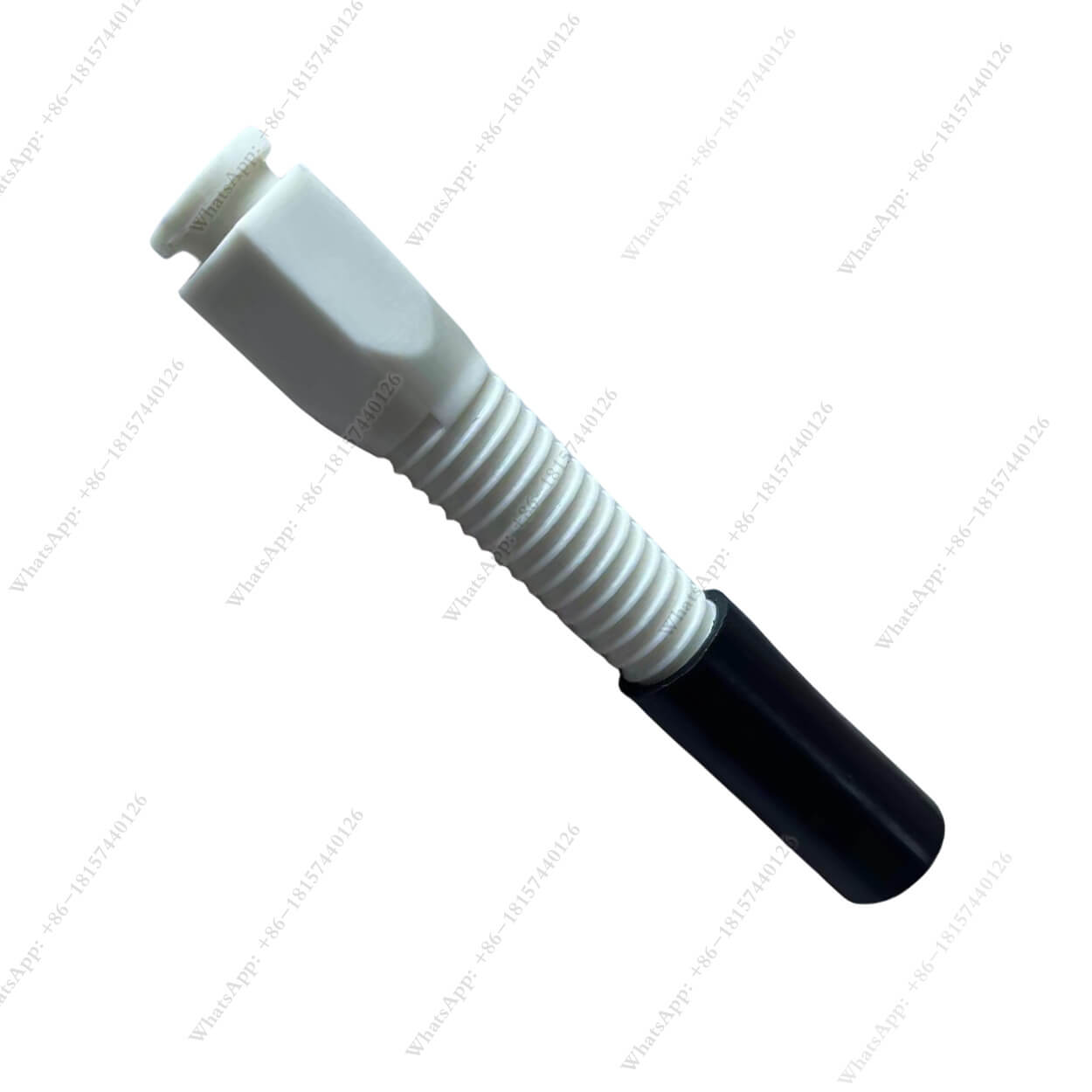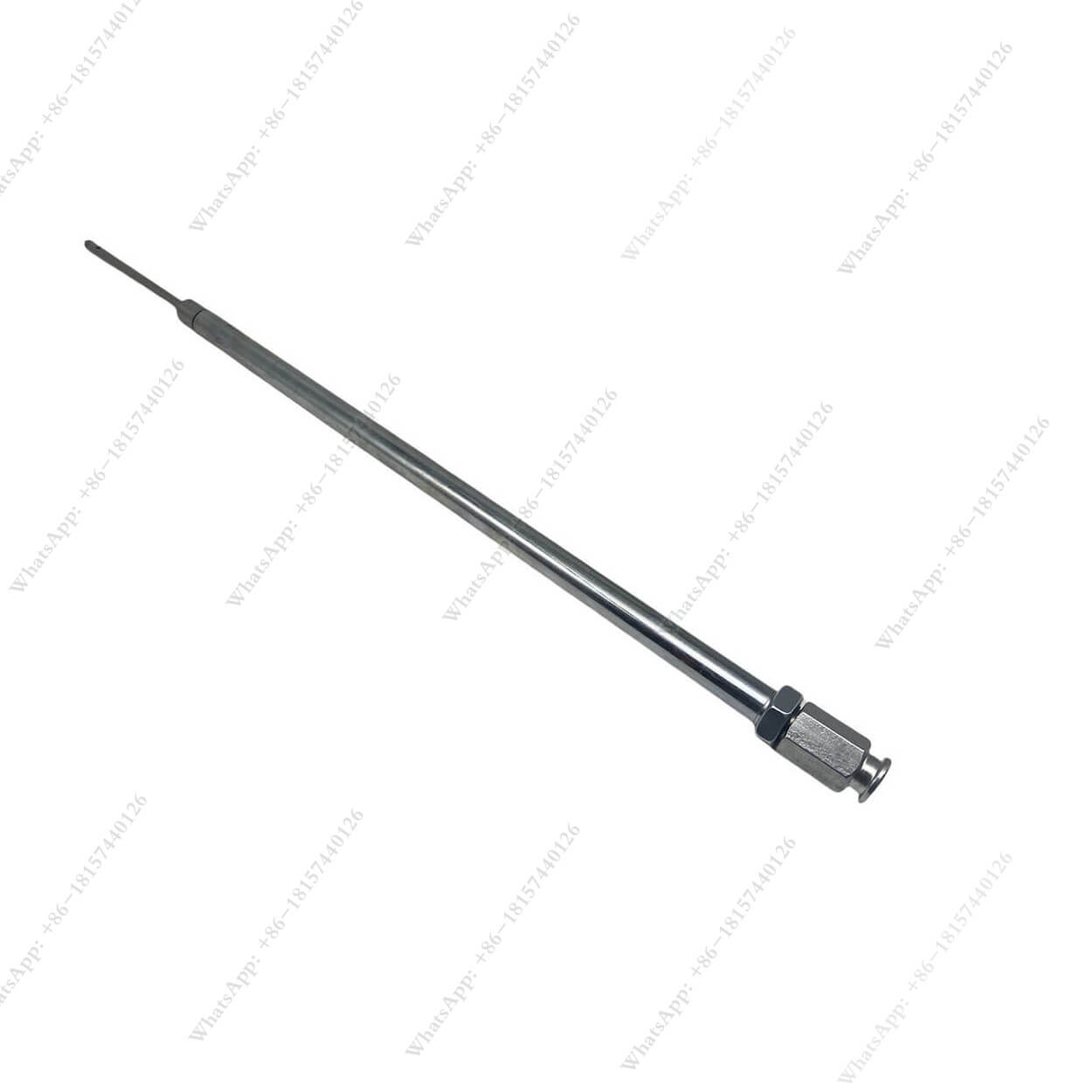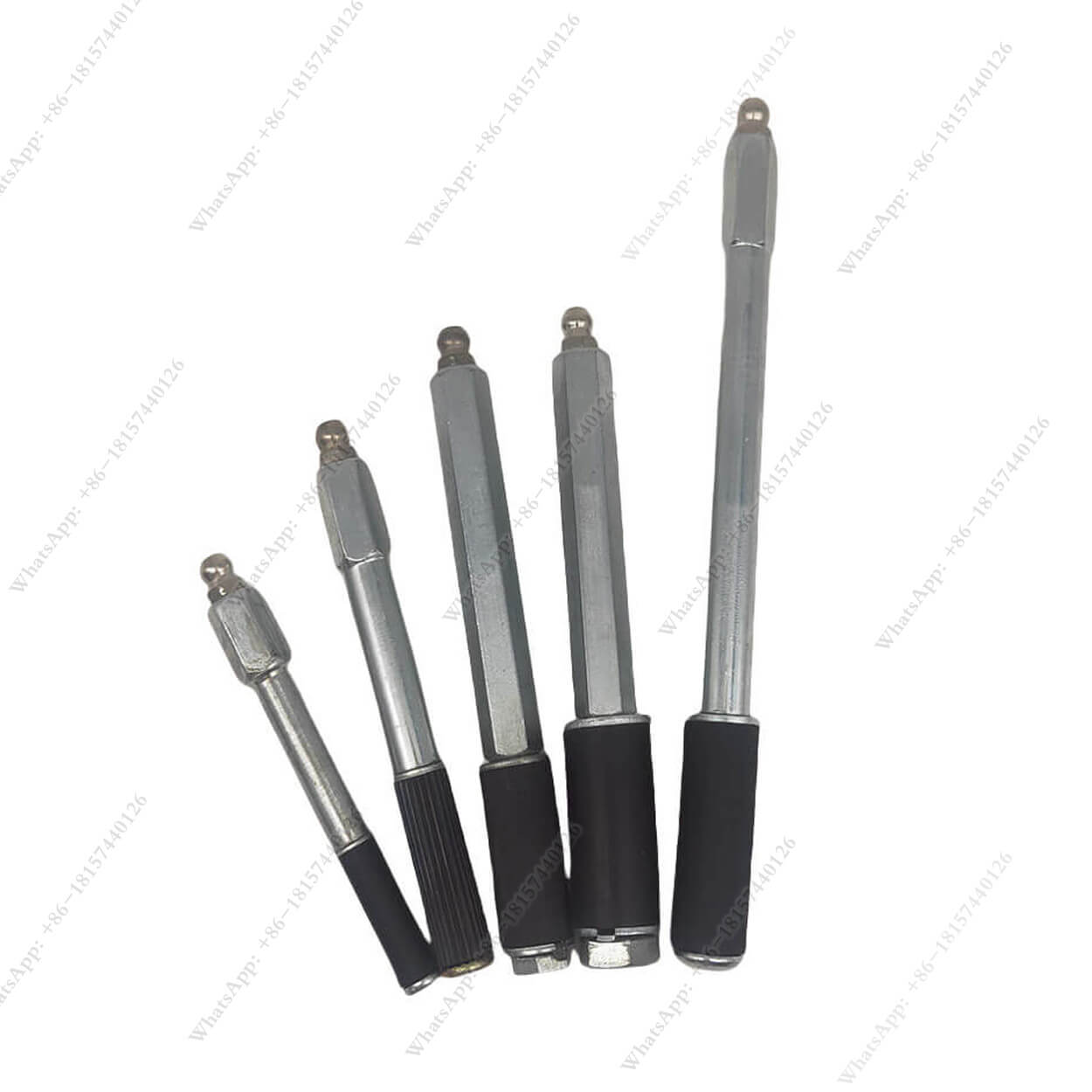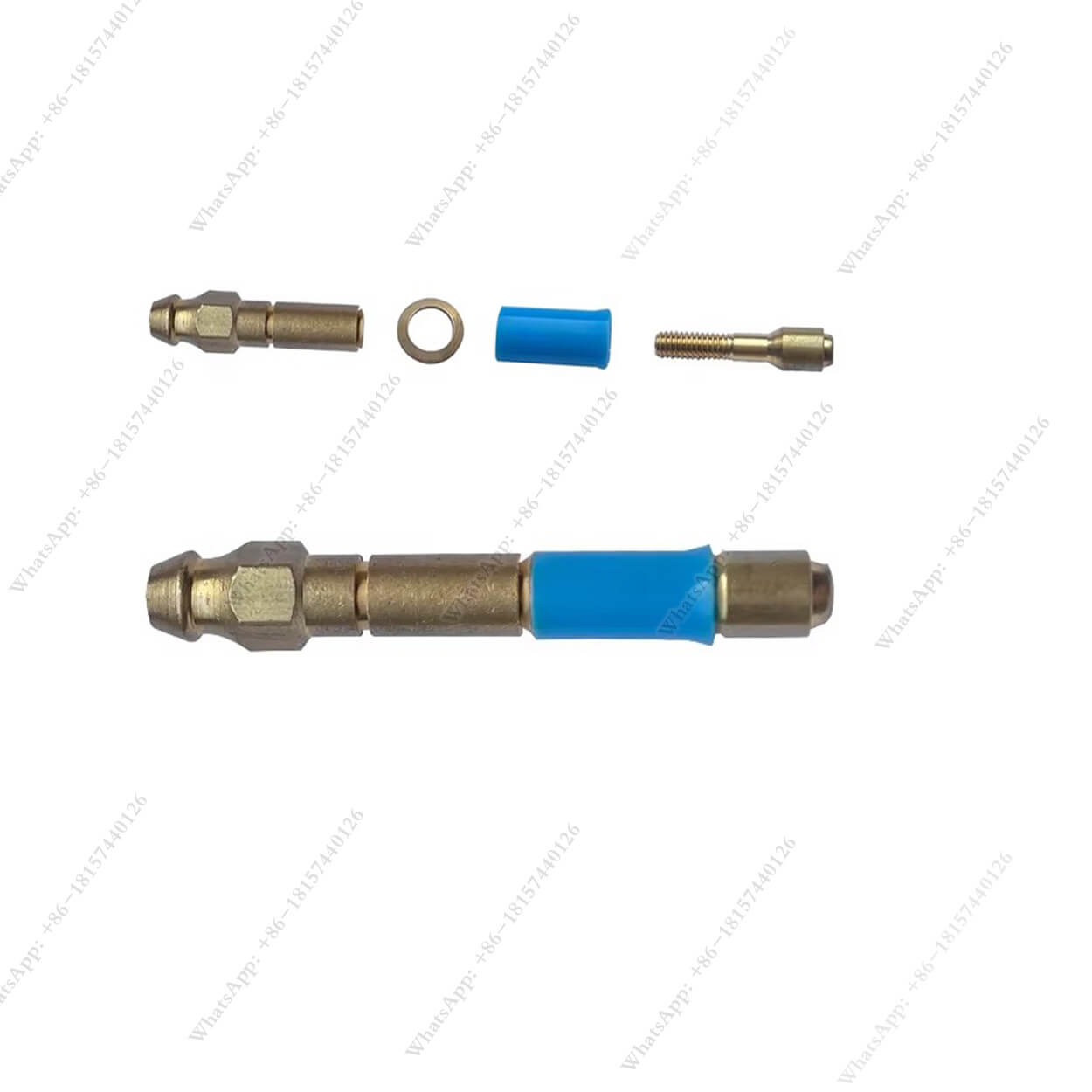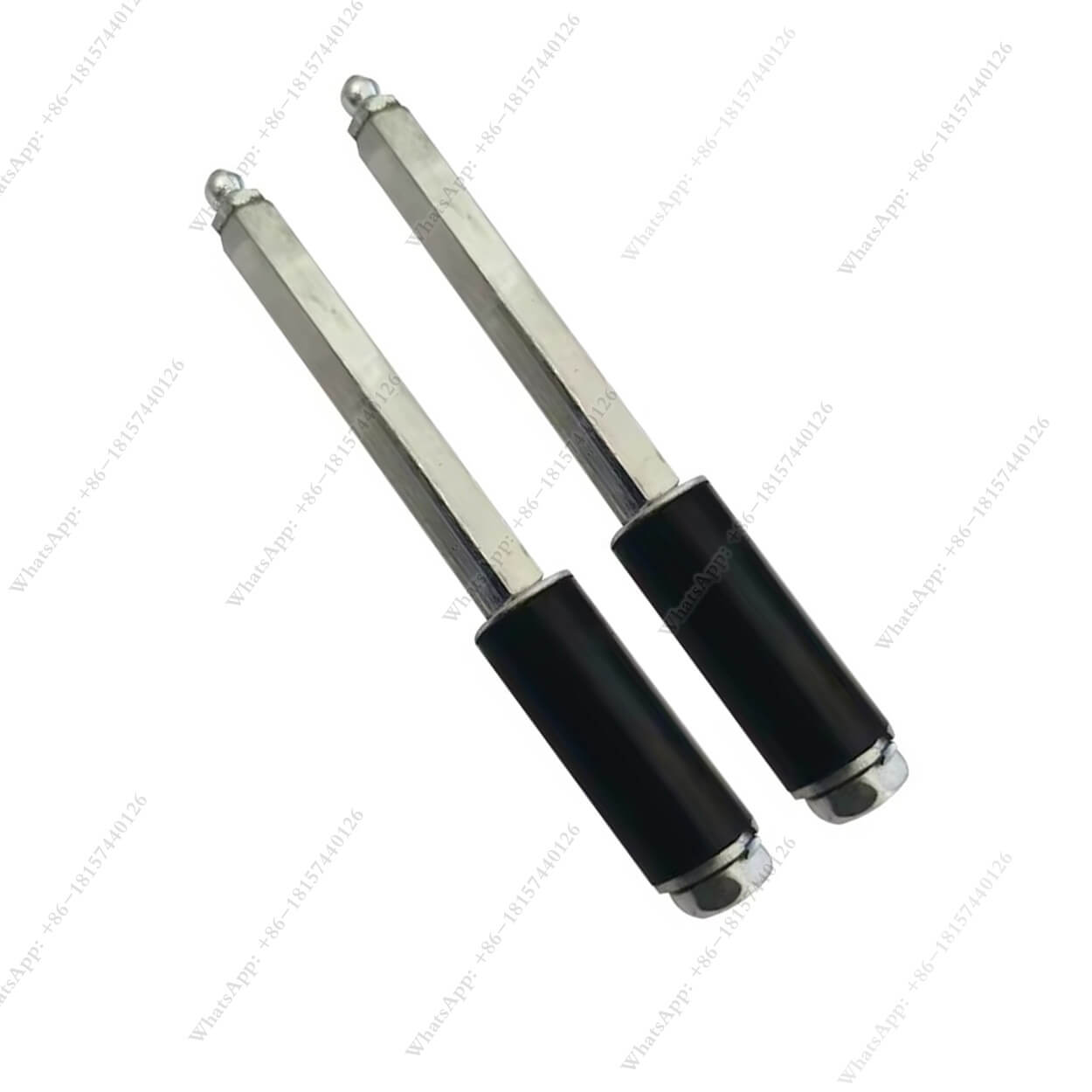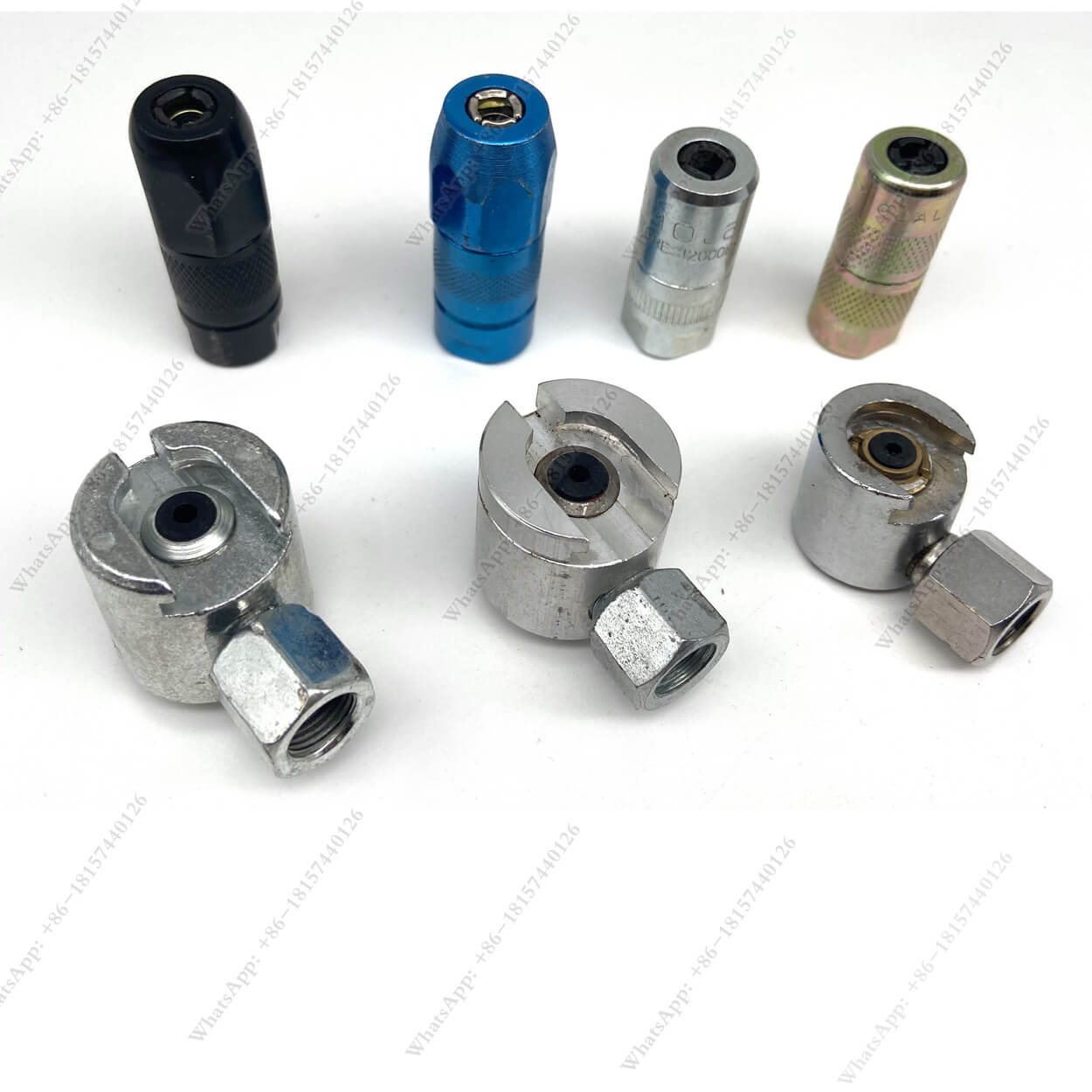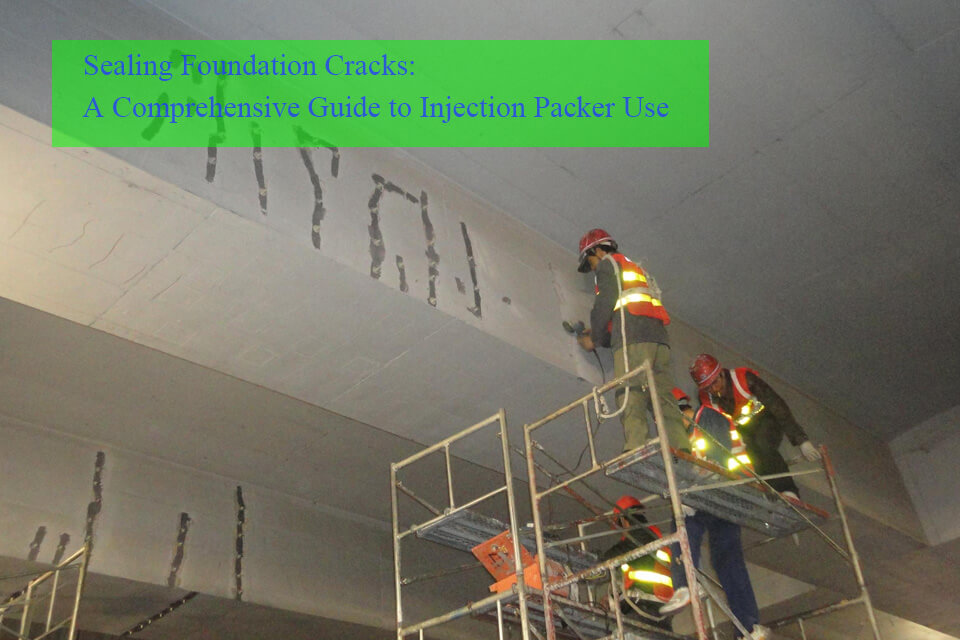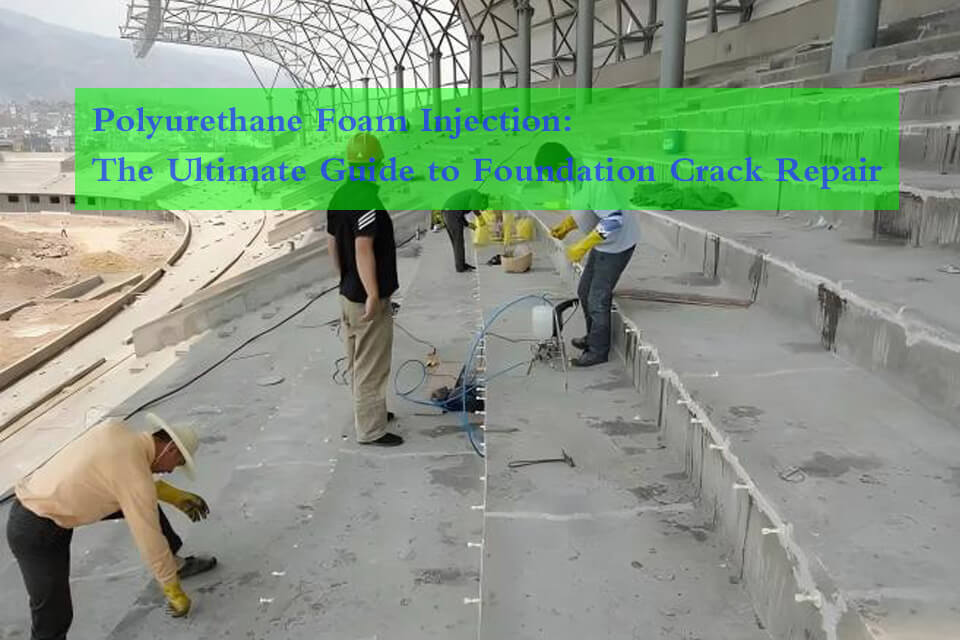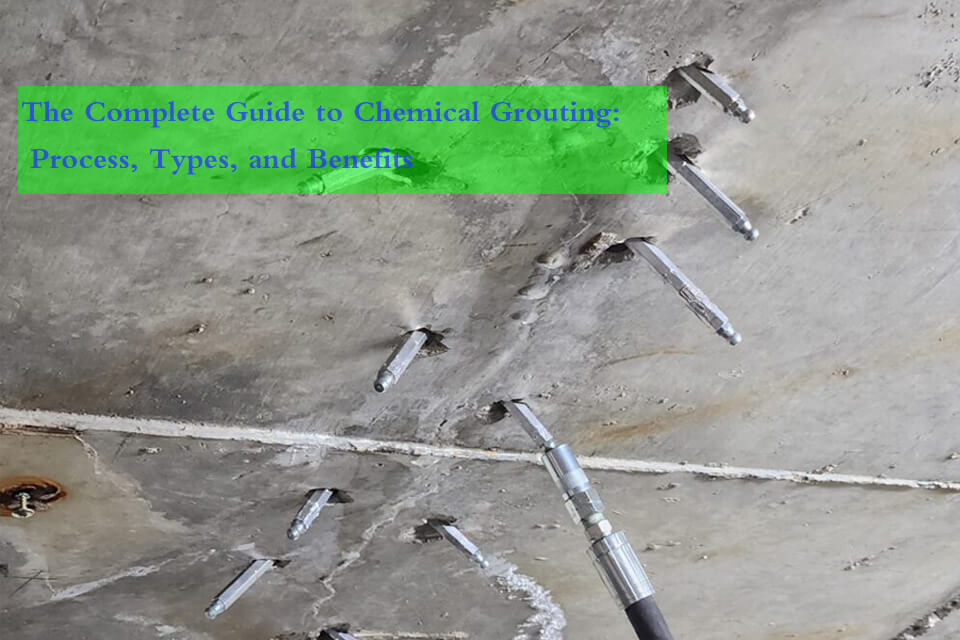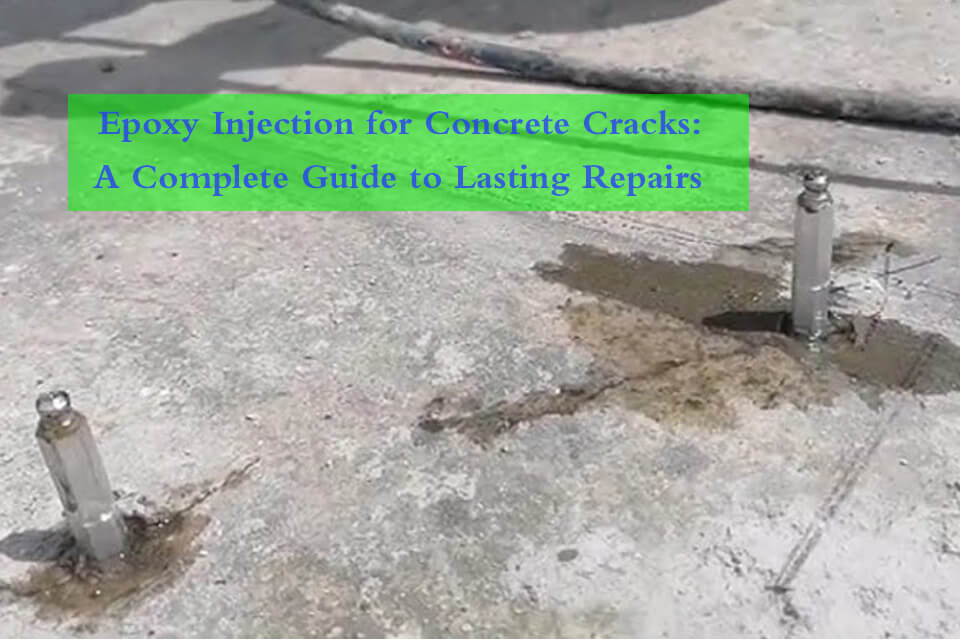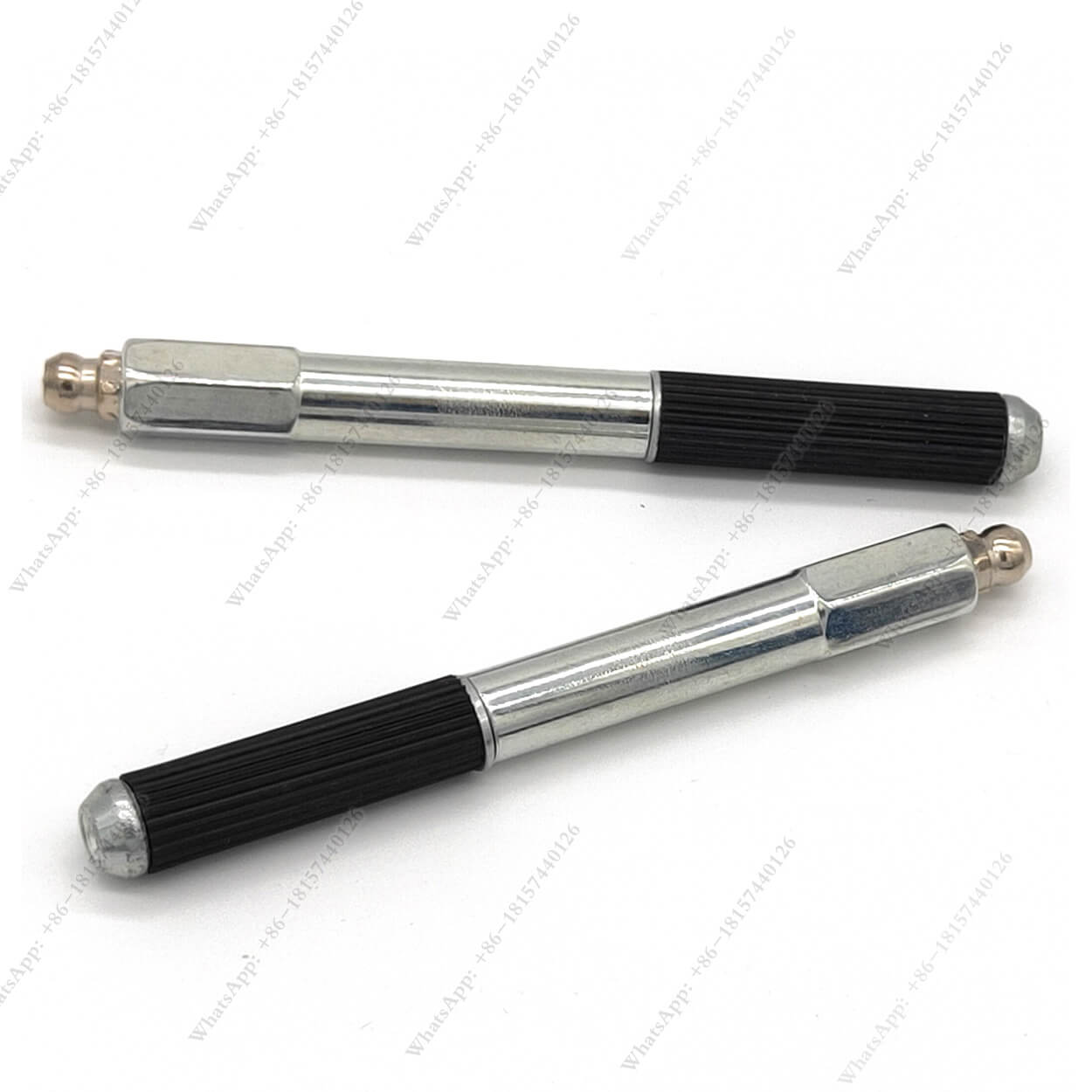
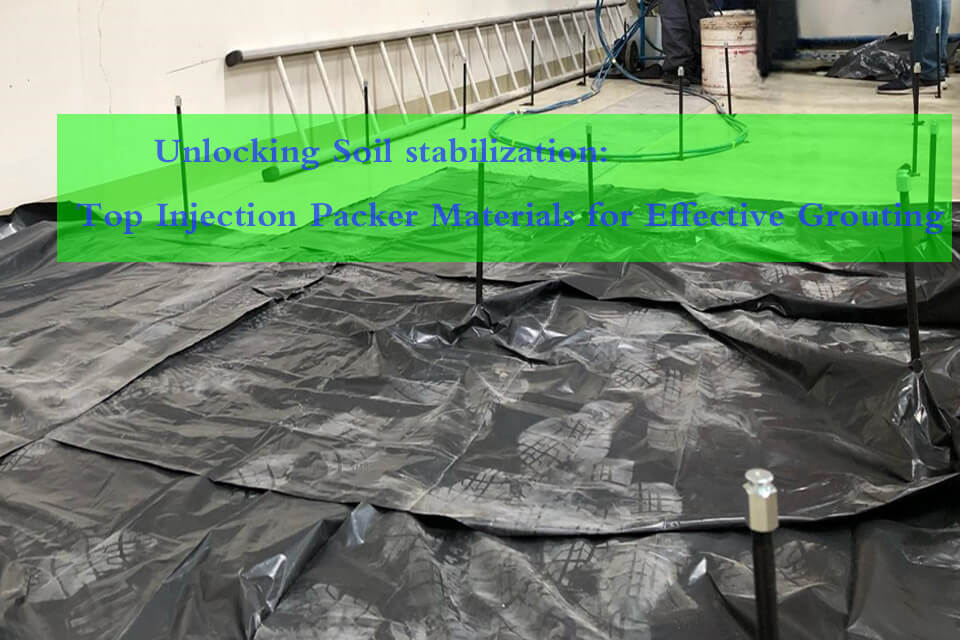
Unlocking the Secrets of Soil Stabilization: A Comprehensive Guide
Soil stabilization is a crucial process in construction and civil engineering that can make or break a project’s success.
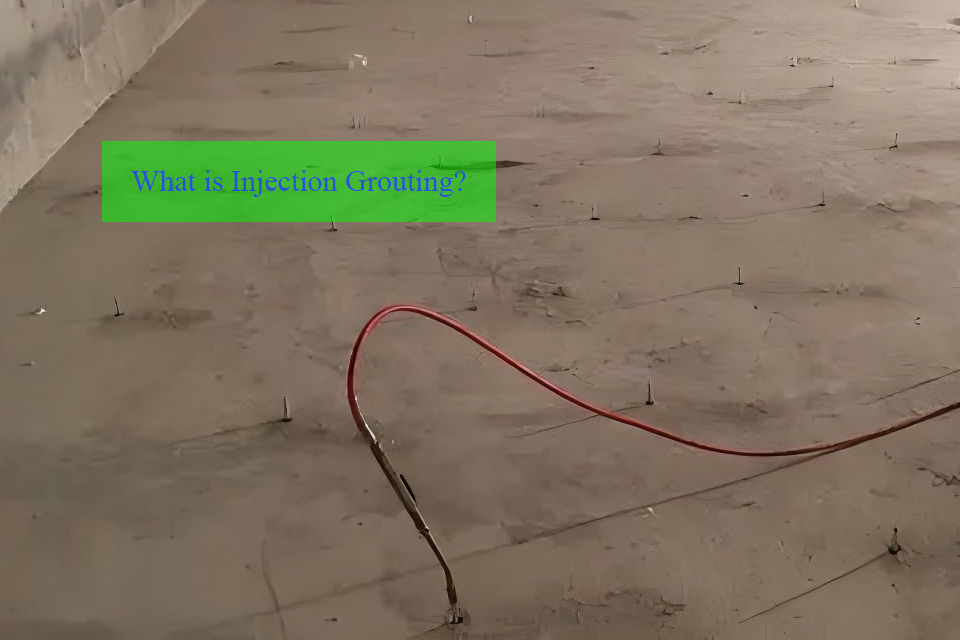
What is Injection Grouting? A Comprehensive Guide to its Benefits, Techniques, and Applications
Injection grouting is an essential process in construction and civil engineering, used to strengthen structures, waterproof surfaces, and fill voids.

Epoxy Injection: Preparation Techniques and Key Considerations
Epoxy injection is a sophisticated technique employed in the restoration of concrete structures by delivering a high-strength, low-viscosity epoxy resin into cracks.

